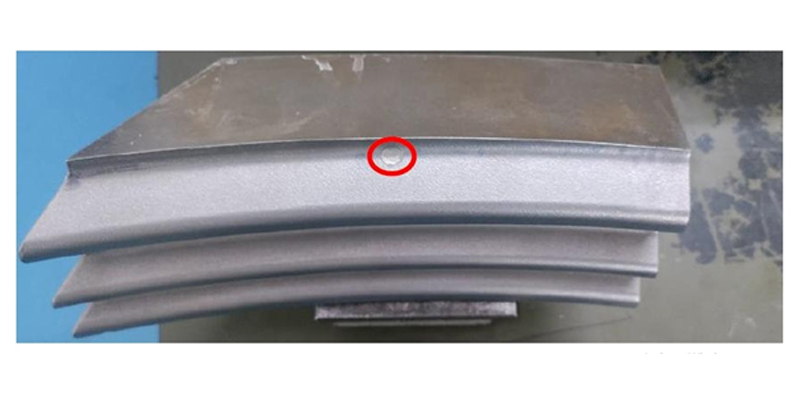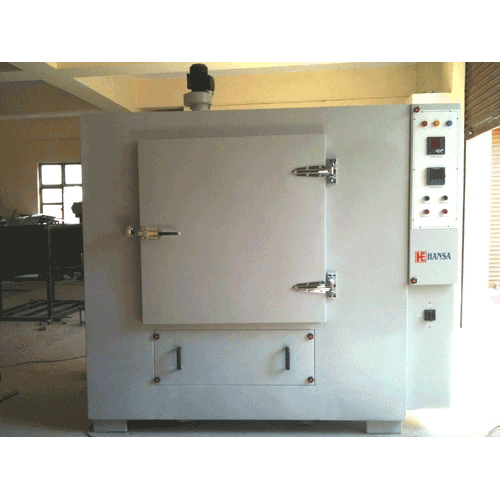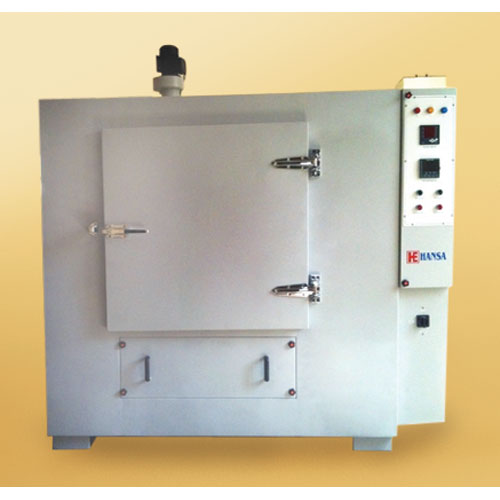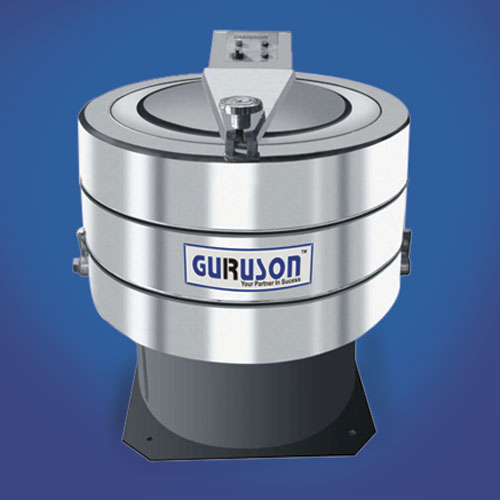Schedule a Call Back
NCR: A hub for SMEs
 Articles
Articles- Dec 01,18

- Promote high-technology and skilled industries in Delhi to keep in-migration of unskilled labour to a minimum.
- Bring up world-class infrastructure within planned industrial estates and regularised industrial clusters.
- Promote cluster approach wherever possible.
- Make business easy through procedural simplification and e-governance measures.
- Promote transparent and business friendly environment.
| Yeras | Factories | Estimated Workers Employed |
| 2007 | 7,793 | 359,126 |
| 2008 | 7,921 | 364.053 |
| 2009 | 7,997 | 367,611 |
| 2010 | 8109 | 373,500 |
Related Stories

Schaeffler India Expands Industrial Bearings Range for Heavy Industries
Schaeffler India strengthens its industrial portfolio with locally made spherical roller bearings, cast steel housings, and accessories for heavy-duty sectors.
Read more
ZF Group to Supply Electric Park Brake System for EV Platform in India
ZF will supply its Electric Park Brake (EPB) system to a leading Indian OEM for its new EV platform, marking ZF's first-ever SOP for EPBs in India's passenger vehicle market, enhancing safety and ef..
Read more
Surface Finishing Equipment Company: High speed particle peen technology
There are many challenges to proper shot peening of critical components. Chirag Modi highlights SURFEX's innovative High-Speed Particle Peen Technology, which significantly improves the fatigue life..
Read moreRelated Products

Heavy Industrial Ovens
Hansa Enterprises offers a wide range of heavy industrial ovens.

High Quality Industrial Ovens
Hansa Enterprises offers a wide range of high quality industrial ovens. Read more

Hydro Extractor
Guruson International offers a wide range of cone hydro extractor. Read more


















